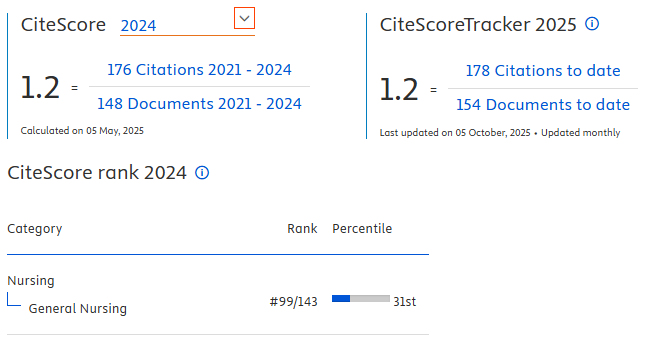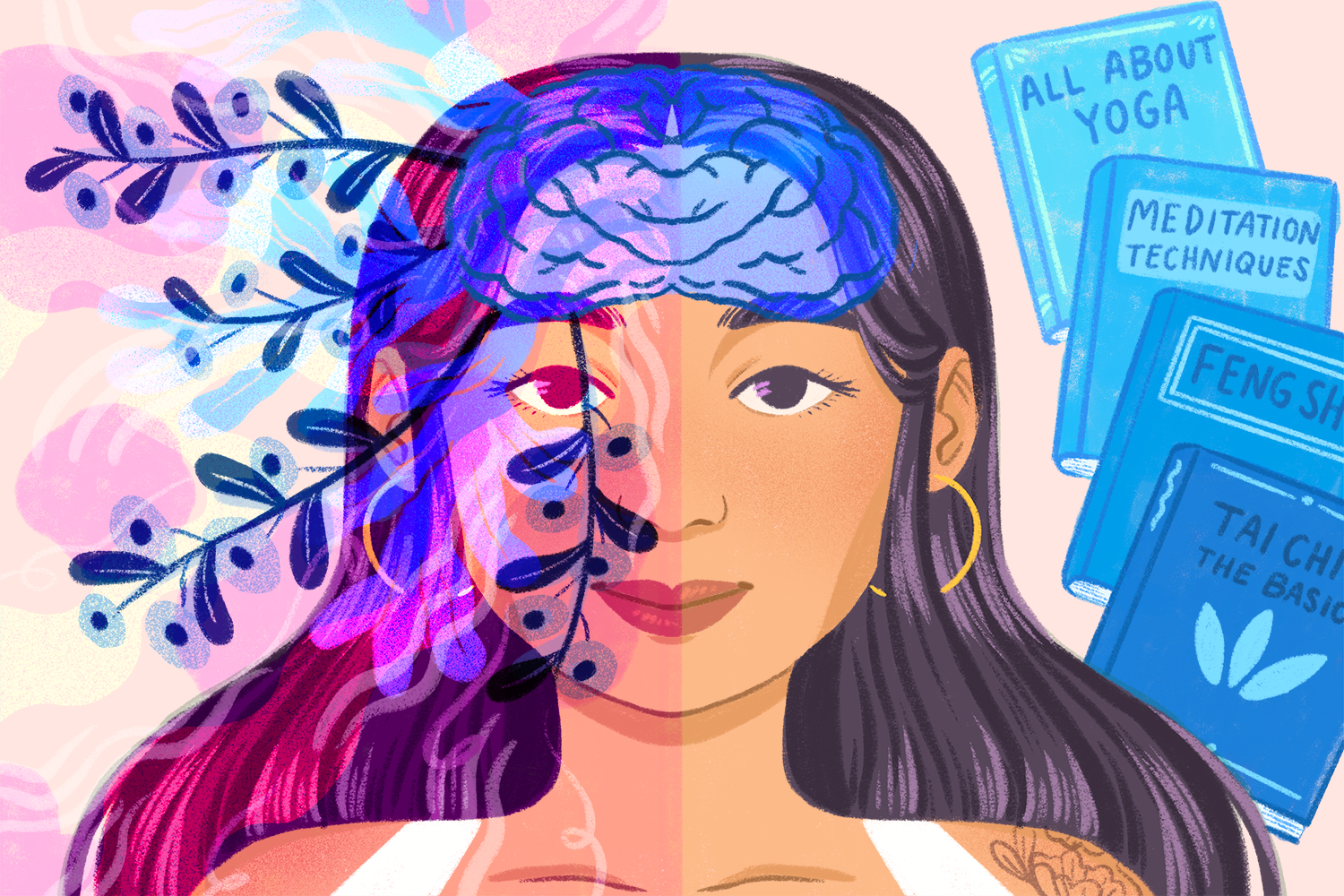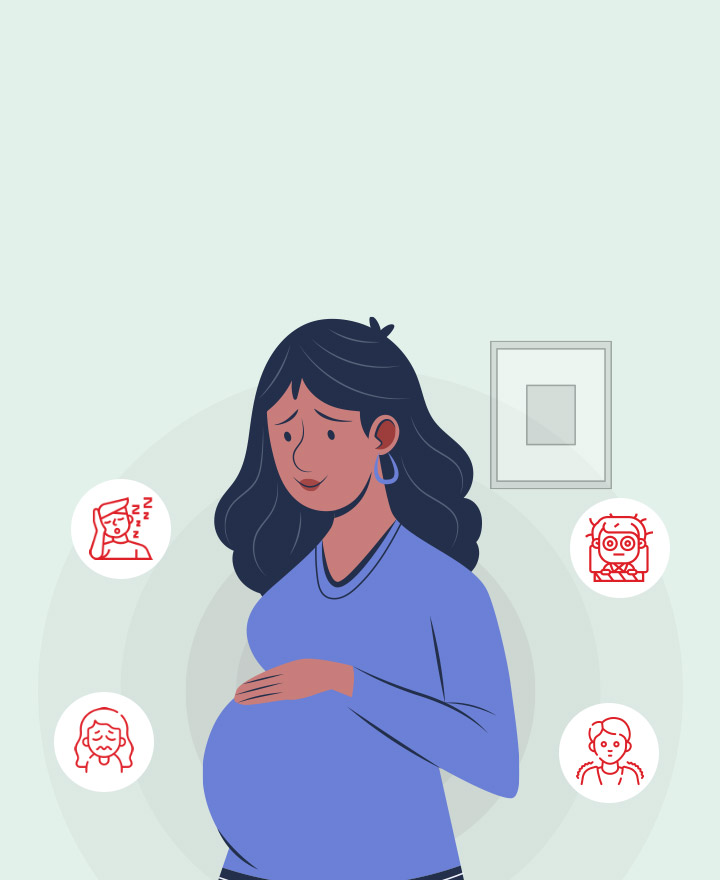Mekanisme Koping pada Odha dengan Pendekatan Teori Adaptasi Callista Roy
Downloads
Introduction: The negative impact caused by people living with HIV/AIDS is a matter of physical, psychosocial and emotional, so that people living with HIV need to improve towards adaptive coping mechanisms. Roy explained that there are three stimulus that can influence the coping mechanisms, there are stimulus focal, contextual stimulus, stimulus residual. The purpose of this study was to determine the factors related with coping mechanisms based on the Roy Adaptation Theory.
Methods: The study design using analytic correlational cross-sectional approach, 30 respondents were selected by purposive sampling technique. The research instrument used questionnaire.
Results: The results showed focal stimulus, stimulus contextual, adan residual stimulus associated with coping mechanisms in people living with HIV, the majority of respondents have a negative coping mechanisms as many as 18 respondents (60.0%) and positive coping mechanisms as much as 12 respondents (40.0%).
Discussion: Based on the analysis showed there is relationship stimulus focal p-value = 0.018 and contextual stimulus p-value = 0.004, while the residual stimulus doesn't have relation with the coping mechanisms of people living with HIV in KDS friendship plus Kediri. During join the peer support groups people with HIV has a place to share the feelings and emotions and be able to communicate social well, so that their focal and contextual stimuli can stimulate a response from KDS cognator and regulators that can affect physiological functions so they can adapt adaptively.
Jalaludin Rakhmat, 2007. Persepsi Dalam Proses Belajar Mengajar, Jakarta: rajawali pers.
Nursalam dan Ninuk, 2013. Asuhan Keperawatan pada Pasien Terinfeksi HIV/AIDS, Jakarta: Salemba Medika.
Nursalam, & Kurniawati, N., 2008. Asuhan Keperawatan pada Pasien Terinfeksi HIV/AIDS., Jakarta: Salemba Medika.
Roy, Sr, C., 2009. The Roy adaptation model (3rd ed.). upper saddle River, NJ : Person. Tomey and Alligood M.R. 2006. Nursing theoriest, utilization and application, Mosby: Elsevier.
Wilkins, K.W.&, Kluwer/Lippincott Williams & Wilkins. Yayasan Spiritia, 2006. Lembaran Informasi tentang HIV dan AIDS untuk Orang Yang Hidup Dengan HIV dan AIDS (ODHA)., Jakarta: Yayasan spiritia.
Zein, U., 2006. seputar HIV/AIDS yang Perlu Anda Ketahui, medan: USU Press.
Authors who publish with Jurnal Ners agree to the following terms:
- Authors transfer the Copyright and grant Jurnal Ners the right of first publication with the work simultaneously licensed under a Creative Commons Attribution 4.0 International License that allows others to remix, adapt and build upon the work with an acknowledgment of the work's authorship and of the initial publication in Jurnal Ners.
- Authors are permitted to copy and redistribute the journal's published version of the work (e.g., post it to an institutional repository or publish it in a book), with an acknowledgment of its initial publication in Jurnal Ners.
Jurnal Ners requires a formal written declaration and transfer of copyright from the author(s) for each article published. We, therefore, ask you to complete and return this form, retaining a copy for your own records. Your cooperation is essential and appreciated. Any delay will result in a delay in publication. The form can be downloaded HERE.
































